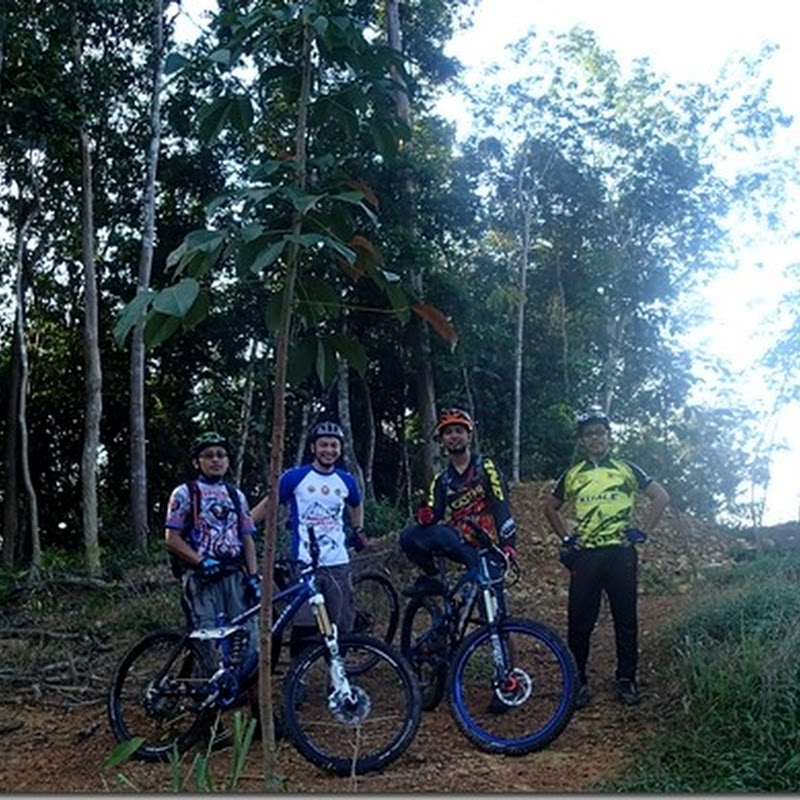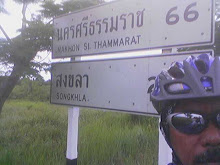Mountain bike training falls into two sections, the first is the same as road training and involves the same training, bike hours and interval training. The other part is for your specific mountain bike riding and is off-road mountain bike training, with descents, technical work, muddy conditions, fire tracks and all general off-road handling experience.
General Bike Training
You need fitness to ride a bike, any bike be it road, track or MTB, the basic fitness is the same, but with obvious specialization for each different discipline of the sport. If you are intending to ride some long distance endurance off-road races, then you will need to spend a lot of time in the saddle, nearly as much time as you intend to race. Most, if not all, mountain bikers train on the road, either on a road bike or on their mountain bike with set of slick road tires fitted for better handling and comfort.
With on the road training you can control the different aspects of your work-out; intervals can be measured as can the longer distance rides. Power training can be done either on or off road, but it is more scientific and controlled on the road, not to mention the safety aspect, if you are making an effort on boulder or on a loose surface then accidents can happen, this is less likely on the road.
For a mountain bike training plan you can follow a road training program up a point, that point is where bike fitness has to be combined with mountain bike fitness training, but to start with you must concentrate on that general bike training.
Long Rides
You need to build up to doing around about four hour bike rides, with or without stops, this gets you used to being in the saddle for the amount of time you maybe racing for or a good part of it if you are intending entering enduro’s. These hours are best done with friends with the same aims and similar fitness, one rider who is stronger and wants show everyone can ruin the group’s cohesion. Long steady road rides over different terrain is a great way to lose weight and strengthen the whole body and help your bike riding ability. Long rides should be
Interval Training
Interval training can be undertaken on or off road, but as we have talked about before it’s more controllable on the road. Pick a hill that is rideable on a bigish gear and ride it as hard as you can, this is most easily gauged with a pulse monitor and you should be making efforts at over 85% of maximum, this is mountain bike strength training. Speed intervals are also very important for mountain bike racing as a fast start or having the ability to jump past another rider is very important.
Speed training is best done on a short stretch of road, sprint as hard as you can to take your pulse up again to over 85%, do this short interval as often as you can until your pulse will not recover or your speed drops to far that you are not training fast enough, when this happens its time to go home.
Off-Road Mountain Bike Training
This is what it is; training for mountain biking on an off-road course, if you are lucky to have a purpose made MTB circuit in your area, then this is the place to go. Otherwise you need to use a course that you know well with as many different types of terrain as you can find. If you have a circuit with a hard climb this is perfect for interval training as you can make your effort on the hill and rest on the descent, be very careful, as you get tired you can make mistakes and fall. If you are slowing and getting tired its time to go home.
Fast fire tracks and tricky wooded sections are a must for training yourself for bike handling, one of the best mountain bike training tips you will ever receive is that if you are descending through a forest between trees, don’t ever look straight at any of the trees, if you do this you are bound to crash into it, this is the same for any obstacles that you might come across on a descent.
Mountain Bike Training Tips
Practicing all different kinds of conditions will help you later in races or on rides, the more you know how to handle your bike the better. Mud can have some very different properties form very slippy to sticky and clogging. Wet mud can be impossible to ride on and can be worse than ice and has to be taken carefully, where as the thick stuff just slows you down and needs lots of strength to push through.
Rough tracks with boulders and different size stones need to given a lot of respect, on a hill if you are climbing out of the saddle your back wheel will slip, there are different ways of dealing with this, it can be best to either keep your weight over the back wheel as you climb standing up or change down to a smaller gear and ride up on the saddle.
Cornering is an art on a mountain bike on the different terrain and conditions, if you have a grassy bend on a descent you will slide and fall, this where you need to keep the bike under control with the brakes and your balance. On a sharp graven bend you can lock up the rear wheel and skid round and if it is really tight you can brake with the front wheel and bounce the rear wheel round.
All these “tricks” (and more) can be learnt and practiced and you can discover more bike handling tips and discover the best mountain bike training programs for you and improve both your fitness and your bike skills.
Cyclingmind.com
© Copyright 2008 by CyclingMind.com
Note to editor: We like to share this among us. Thank you
Friday, January 9, 2009
Mountain Bike Training
Labels:
Tips and training
Subscribe to:
Post Comments (Atom)
















No comments:
Post a Comment